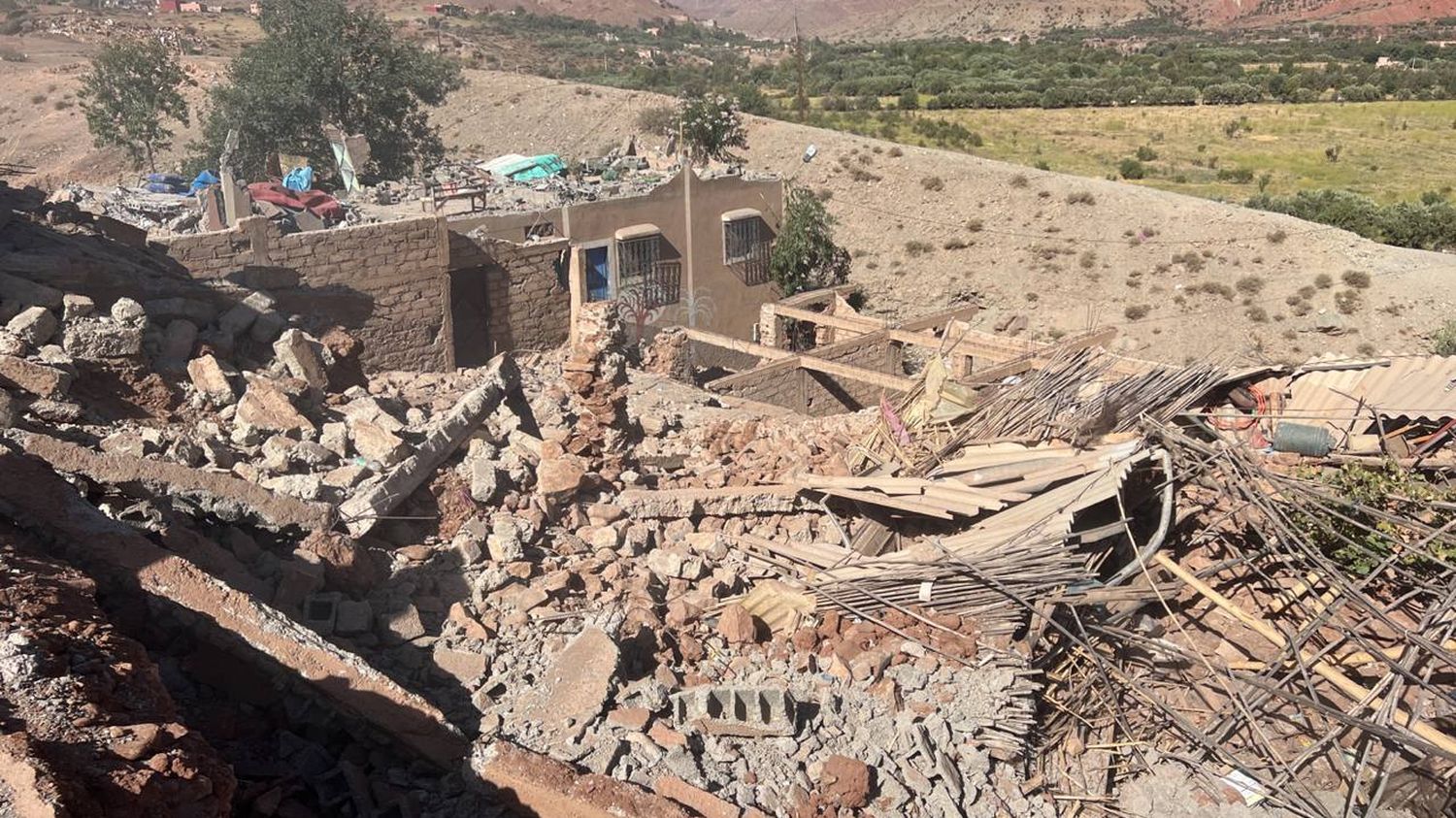At least 2,500 people died in the powerful earthquake that struck Morocco overnight from Friday to Saturday. A poor region in the High Atlas, southwest of Marrakech, where houses are made of earth and clay, has been particularly affected.
Published
Reading time : 2 min.

The death toll from the earthquake in Morocco rises to 2,500, according to figures which remain provisional. The country had not experienced such a deadly earthquake for sixty years. This is particularly due to the type of constructions found in the High Atlas region where the epicenter was located. These buildings were constructed using traditional techniques such as rammed earth or adobe, and have not been reinforced since.
>> Earthquake in Morocco: in Azro, residents build a makeshift village after the destruction of their houses
Rammed earth is a technique where slightly damp earth, sometimes mixed with hay or straw, is used to build the walls of houses. They are then covered with a layer of clay for waterproofing. Everything dries and hardens in the sun. The roof is made with wooden beams, on which we layer a weave of reeds, branches and sometimes sheet metal or plastic. Adobe is another technique where clay bricks are stacked on top of each other without binding them with cement.
These techniques use almost only local materials, which can be easily found in nature. They are therefore accessible to poor populations like those who live in the High Atlas. In addition, adobe or adobe houses are very well thermally insulated, protecting residents from the heat in summer as well as the cold in winter, where the temperature can drop to zero degrees. But in the event of horizontal shaking caused by an earthquake, these buildings collapse like a house of cards.
Anti-seismic standards exist but earthquakes are rare
However, since 2002, there have been anti-seismic standards for constructing buildings in Morocco. They were updated in 2011. But in rural and poor regions like the High Atlas where residents build their own homes, it is difficult to ensure compliance with these standards.
According to the co-founder of the NGO Architects of Emergency Patrick Coulombel, the region of Morocco where the earthquake took place, located southwest of Marrakech, is indeed an identified seismic zone but earthquakes are rare there. The population therefore tends to forget this risk. And the constructions are not suitable.
To do this, it would first be necessary to reinforce the adobe or adobe houses using wooden, steel or even cement frames. A technique that Emergency Architects used in Pakistan in particular, after the 2005 earthquake. Another safety measure: identify seismic fault zones, visible thanks to cracks, cracking of the ground and prohibit the construction of buildings less than a hundred meters from these areas.
